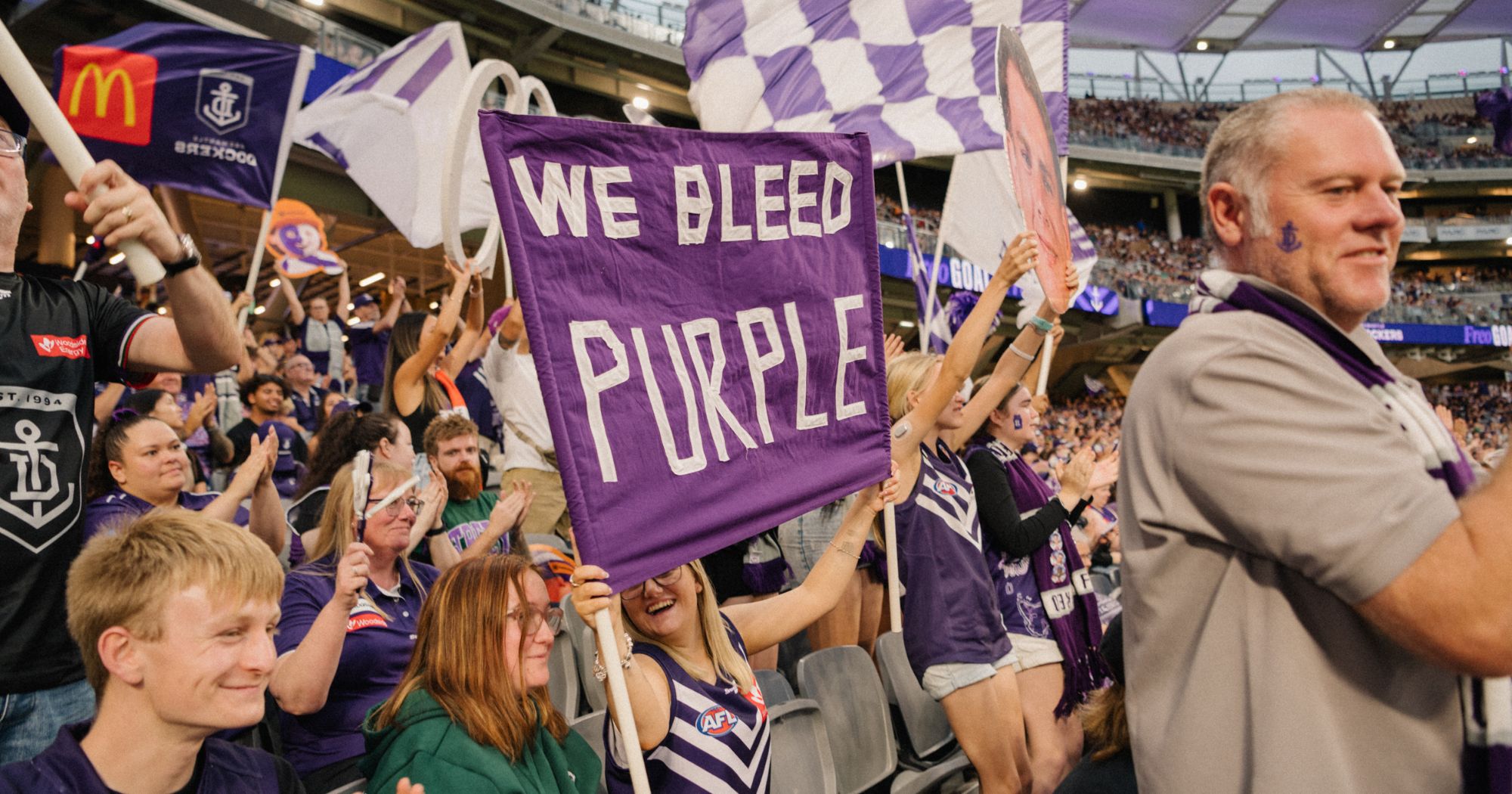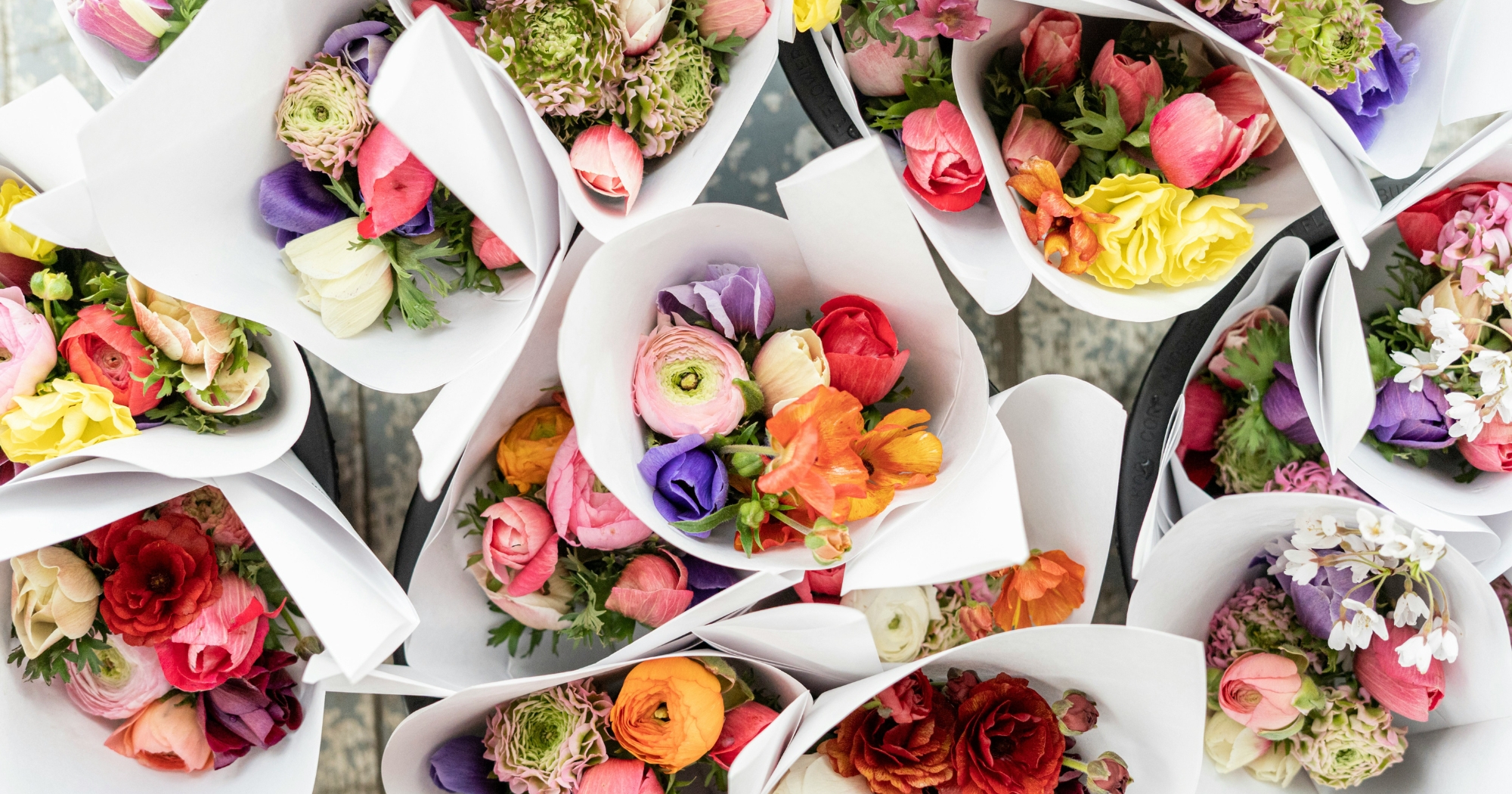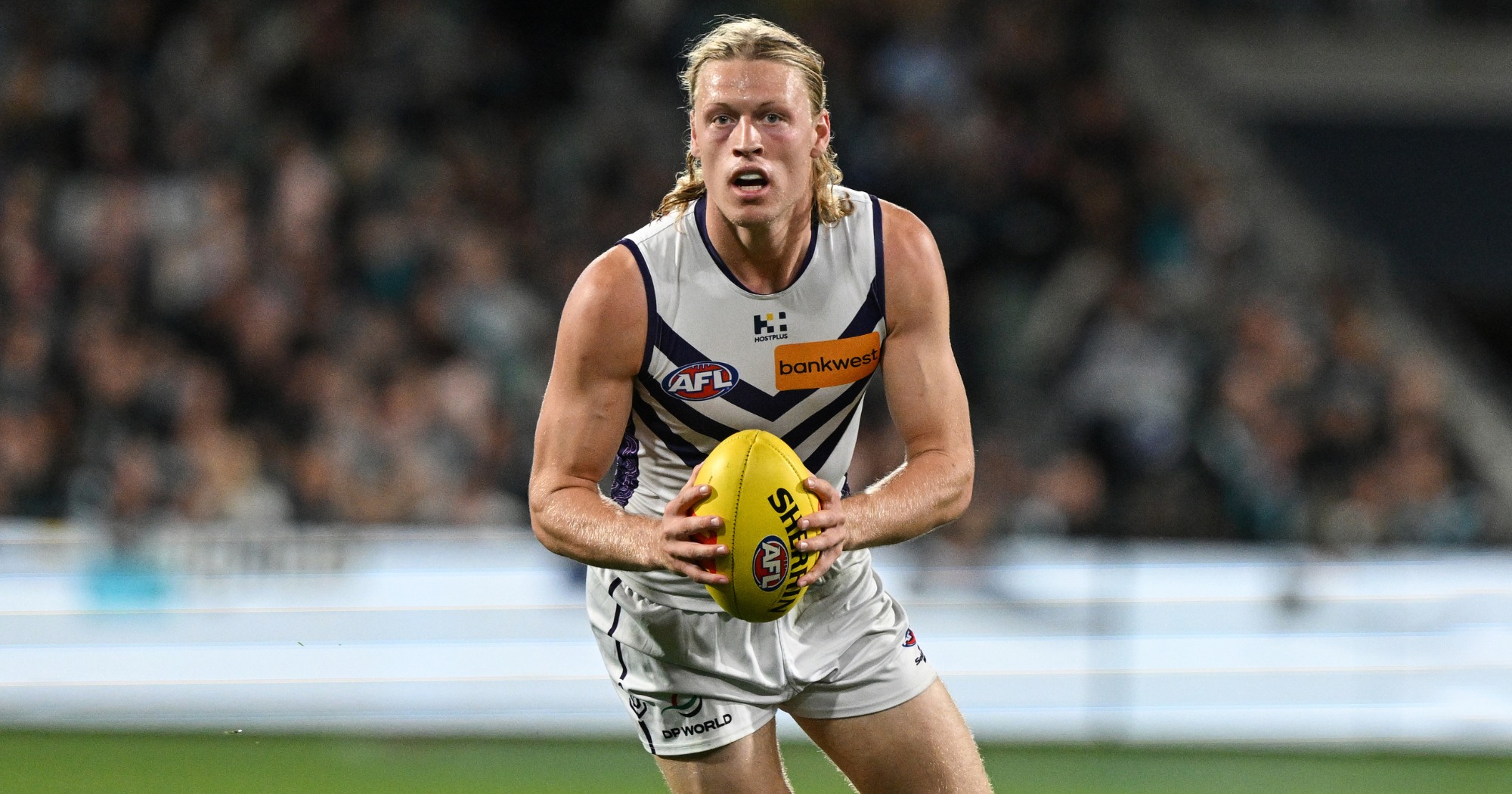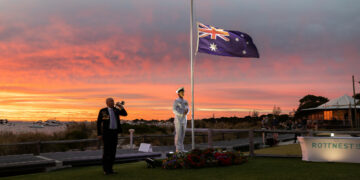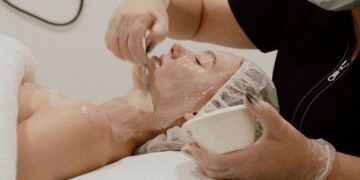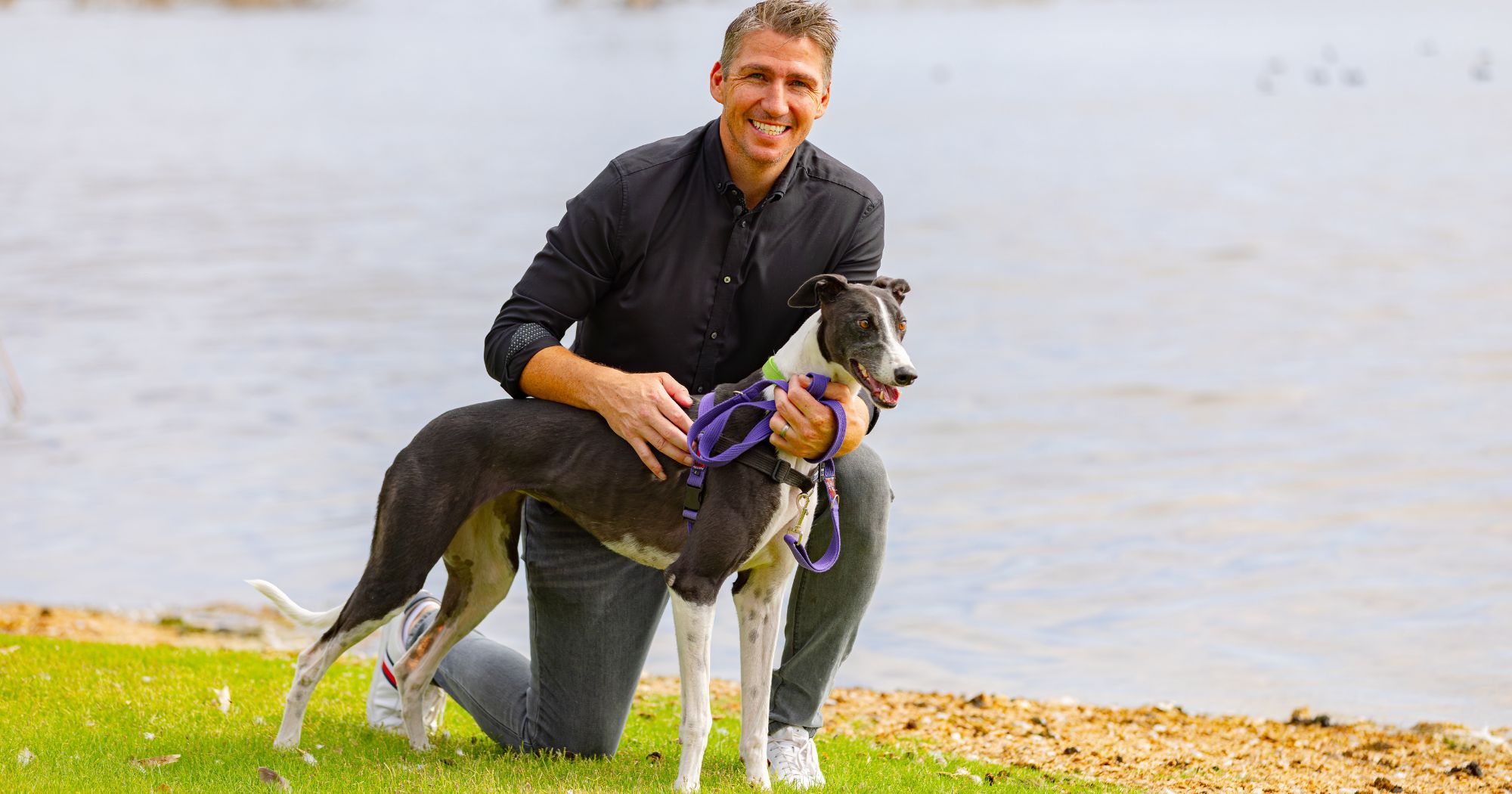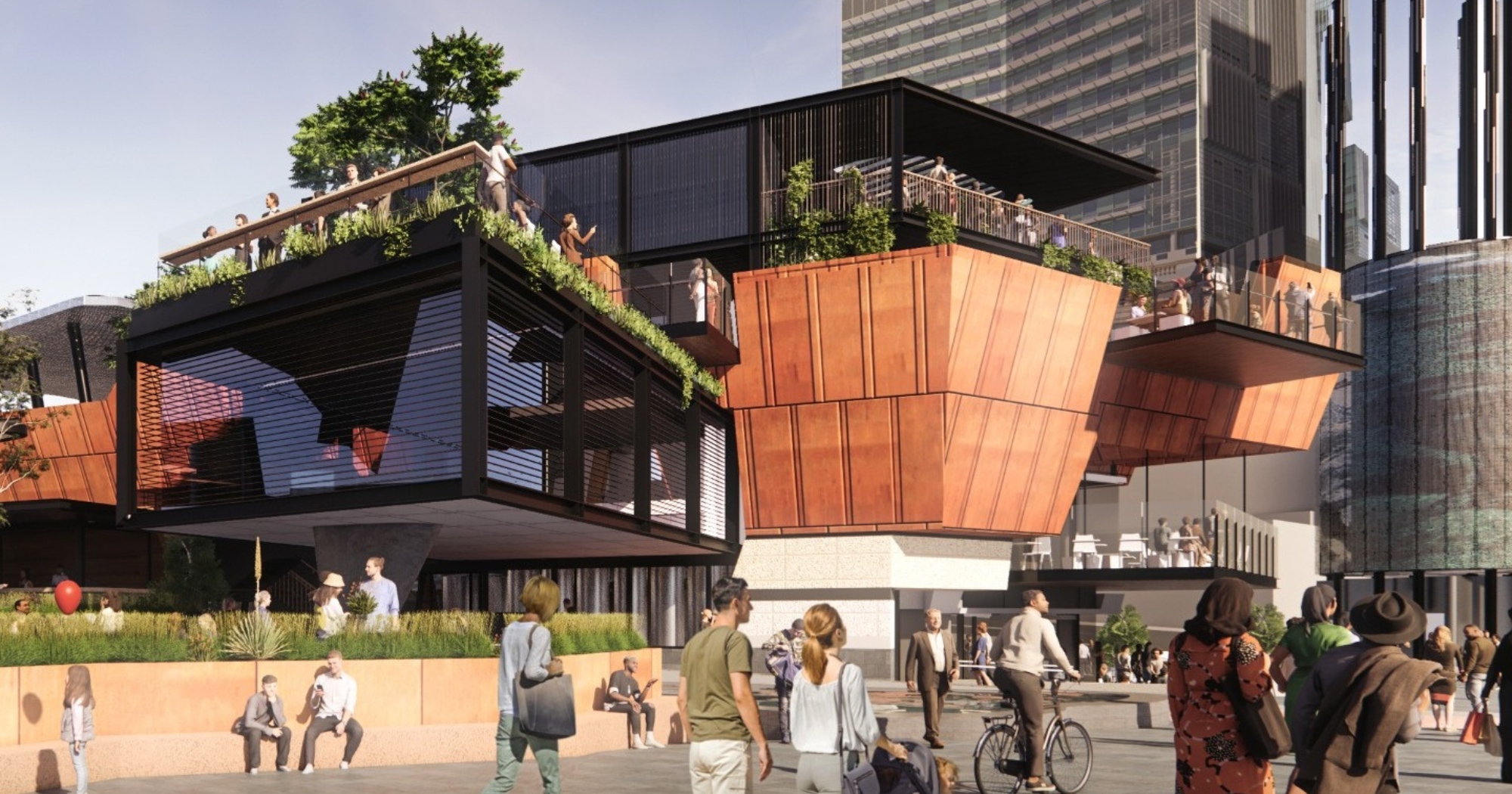When you look at a piece of art and can’t distinguish it between a photograph and a drawing, you know the artist who created it, is a rare talent.

Helen Komene has spent a lifetime shaping her signature style and 18 months ago made the leap of faith to leave behind her corporate job, to pursue her artistic passions.
In the lead up to her March workshops in Perth and Busselton with Jacksons Drawing Supplies, I spoke to the self-taught aficionado about the woman behind the paintings, her processes and what it takes to create a successful career in the visual arts.
Find out more about Helen’s workshops at the end of this article or visit her website.
Tell us a little about yourself… talk us through the first time you sneakily used your mother’s Caran D’Ache pencils at age 7.
If asked, my mom would probably say I was born with a pencil in my hand, I would literally draw anything and everything. When I was about 7 years old, my strongest memory is my mom bringing home a large set of Caran D’Ache coloured pencils. I wasn’t allowed to touch them (because they were very expensive and I’d probably break them!) so when she wasn’t looking I’d sneak into her desk, secretly open the tin and marvel over all the beautiful colours. One day she finally gave in and let me use them and my love of colour started there.
Was your mother an artist too? Does creative talent run in your family?
My mom and my mom’s sister are both artists and they use a variety of media, including pastels. My little sister is also very creative, she owned a chocolate fountain company for 10 years until just recently and she would set up the most marvelous and elaborate displays for people that hired her.
You emigrated from the UK in 2003, what was the catalyst for this move and why did you choose WA?
I’m your typical UK backpacker, I travelled through South East Asia, then on to Australia and never left. After 9 months travelling, I decided to have a little pit stop in Sydney but a month turned into a year and a year turned into five. Then a great career opportunity came up in Western Australia and I made the bold move to a tiny rural town called Newman. It was here that I meet my husband, received permanent residency and my love affair with art was reignited.
Over the last 10 years we have lived in Perth and the mining towns of the Pilbara. Undeniably, these places have given me an irresistible source of inspiration. We have camped our way around the coastline of the Pilbara – such as 80 Mile beach and Broome – and inland – such as Karijini and the water holes of Newman. I’ve painted most of these places and for all the others I have a very long list that I want to paint!
You worked for years in the corporate world (mining, banking, communications) at what point did you decide to leave to become a full time artist?
I plotted and planned my career break for a really long time, perhaps most of my 30s. Then I turned 40, had a midlife crisis and decided that it was now or never, I had to make the dream a reality. So after much begging and bribery my husband finally let me take a year off work in mid 2015. My aim was to use the time to explore my skills and challenge myself to paint subjects I hadn’t done before. In those first 7 or 8 months things happened that I didn’t really expect. People wanted to hire me to capture their favourite places in the Pilbara as paintings, the Port Hedland Art Gallery invited me to hold my first solo exhibition and the local arts community were hiring me to teach workshops. So somewhere along the way I decided to make Helen Komene a business and my artist’s life has snowballed from there.

Was the transition hard or was it like a calling? What measures did you take, was it a simple leap of faith or was their strategic planning and preparation involved?
It is most definitely a leap of faith to go from practicing art as a hobby to creating art commercially. I had some trust it was the right decision because I have been selling my paintings for a number years. Also I often think that all my corporate career roles have led me to this point so I’m not a stranger to business strategy and planning. By nature I am a very organized person and to be a small business owner you have to have a lot of self-motivation and good time management. It’s also important to note that I could not do this without the support of my husband, he really is my rock.
Now that you are a successful full-time artist and art teacher, do you wish you’d done it sooner?
Actually, I don’t for a number of reasons. I think that when I was younger I probably didn’t have the skills and maturity to be a small business owner. And of course I simply didn’t have the financial means to be out of work for a period time (I saved up to take my year off as the bills still need to be paid!). And lastly, there’s a certain internal strength and confidence that you need to be a full time artist that only age and life’s lessons bring.
Tell us about the art medium you work in and why it is your preferred style?
When I decided to move to the tiny rural mining town of Newman I had a little panic spend in a Sydney art shop. I literally bought every media – paints, watercolours, inks and of course pastels. The pastels sat in a cupboard for a few years while I explored all the other materials until one Sunday I pulled out the pastels and played around with a small sea scene. Instantly I was hooked, I loved pastels above all other mediums. Even today I’m still discovering their incredible velvety qualities with each new painting. I love the way I can use my fingers to apply the pigment, working the rich colour into the paper. I work mostly in Schmincke pastels because of their rich vibrant colours in their palette range and softness – almost like butter – which are perfect for blending, as well as Mount Vision and Art Spectrum. I also have pastel pencils by Faber Castell, Derwent and Stabilo Carbothello.

What is the best advice you have received?
In May 2016 I was lucky enough to meet Douglas Kirsop, a renowned Western Australian artist who celebrates our state’s landscape in his oil and watercolour paintings. He visited my home to critic some of my landscapes that I was working on at the time. He recommended that I expand my palette – if I’m using 4 colours, instead use 8, if I use 8 colours instead use 16 and so on. This little nugget of wisdom has helped me really mature as an artist. I really push my colours to capture the transition from light and shadow to define dramatic contrasts, whether its hair on a baby or a wave in motion.
Your signature seascapes are incredible, often they look more like photographs. How long did it take to develop this style?
Many, many years and lots of blood, sweat and tears – my husband will tell you all about the tears! I’m self taught so I probably went about it the really long way. But I was determined and when I worked full time I developed a routine to practice. I would block out an entire weekend for art about every 6 or 7 weeks, I wouldn’t organize any play dates, I just locked myself away and painted in my PJs. Over a year I found that focus really gave me some important step changes in my skills. Over a few years I have been able to create the style you see today. So when I teach workshops I always say to my students to give themselves the gift of time. Life will always take over and there’s always an excuse not to do art. You just need to work on those priorities if it really means something to you.
What makes your paintings so defining?
I would say that I don’t really paint the sea, I paint its reflective surface or the translucent motion of a wave as it rolls. I don’t paint a portrait, I paint the way light bounces off skin or is hidden in shadow. I’m always looking for the light source and whether it is absorbed or reflected by the surface it hits. I’m always searching for the magic of light that will make the painting eye-catching and so often it’s about capturing dramatic contrasts.
You are now branching into commissioned work, drawing portraits of pets and families. Do you have a preference between landscapes or people/pets?
I love, love, love them all! Honestly, I love the variety, the challenges, whether its land, sea, people or fur babies, I love everything my customers throw at me. I do become quite attached to each and every painting so the hardest part is watching my customers collect them.
What is your proudest artist moment? Do you have a favourite piece of work you created?
I’d say it was when I entered the 2012 Hedland Art Awards and my painting, of a Pardoo Station beach at low tide, sold for $1,030. It wasn’t just the price, it sold on opening night, within half an hour of the show opening. Today, it still blows my mind that people buy my artwork and hang it in their home.
My favourite piece at the moment is a portrait of my fur baby, Mack. I have so much love for my puppy dog that even my husband gets jealous!
Who are your greatest artistic influences? Do you have a favourite international and local artist?
Joseph Mallord William Turner (23 April 1775 – 19 December 1851) was an English Romantic landscape painter who is now regarded as ‘the painter of light’. Although his impressionistic style is completely the opposite of mine, I always admired the way his landscapes captured light and darkness to create drama.
What advice would you give to other creatives, thinking of pursuing their artistic talent?
Before giving up the security of a steady paying job, you need to have some track record of selling your work. In WA there are so many art awards throughout the year that you can enter so this is a safe testing ground to see if your work sells to the public. You also need to know who you are and have the faith in your ability, internal strength is pretty important because there are times when there are no sales. You need confidence to carry you through the dry spells.
I notice a few events around the place mix art classes with the odd tipple; Cabarent and Canvas, Watercolours and Whisky, and on your list of accomplishments Pimms and Pastels. Does a glass of wine help in the creative process?
It’s a great name isn’t it? I really can’t take the credit for Pimms and Pastels, it was the lovely team at the Port Hedland Courthouse Gallery, Katie and Amy, who came up with the name – I really enjoyed delivering that event! (Who wouldn’t with Pimms involved!)

Where can people see your work?
At the moment my work is stocked at the Port Hedland Courthouse Gallery. I’m hoping to find other galleries in Western Australia, it is on my list of things to do for 2017.
You are coming down to Perth to run a series of workshops, where can people sign up?
I’m thrilled to announce I’m delivering eight workshops in Perth and Busselton with Jacksons Drawing Supplies in March:
Pet Pawtraits in Pencil – 9.30am to 4.30pm:
Wed 15 March 2017 – Busselton store
Mon 20 March 2017 – Balcatta store
Thu 23 March 2017 – Cannington store
Seascapes in Pastels, 9.30am to 4.30pm:
Fri 15 March 2017 – Busselton store
Sun 19 March 2017 – Busselton store (SOLD OUT)
Tue 21 March 2017 – Balcatta store
Fri 24 March 2017 – Cannington store
Sat 25 March 2017 – Fremantle store
Mon 27 March 2017 – Fremantle store
For all details & bookings go to:
https://www.helenkomene.com/book-a-workshop
You can learn more about Helen at https://www.helenkomene.com or follow Helen on Facebook and Instagram.


